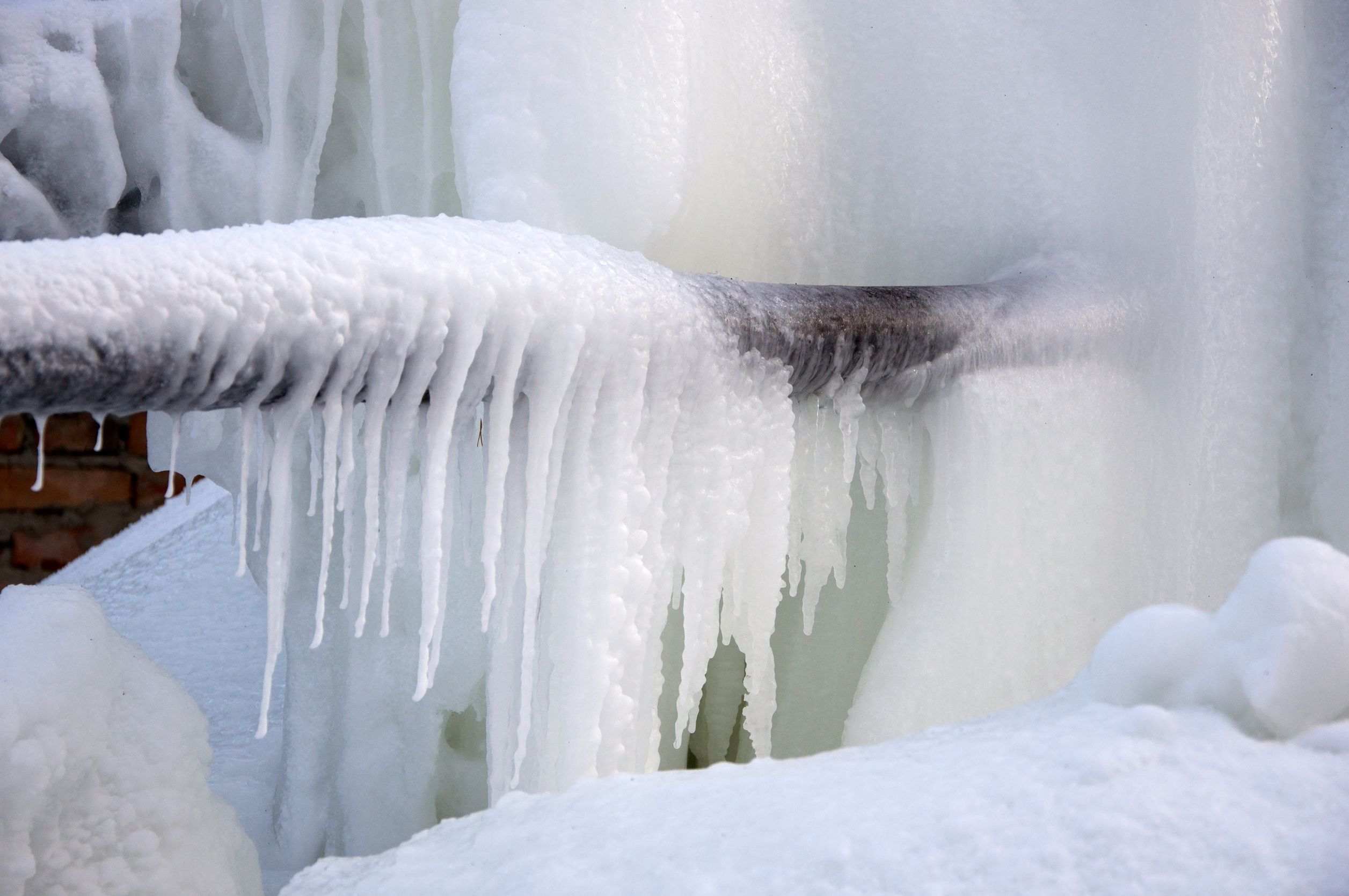Prevent Frozen Plumbing in Cold Weather: Professional Advice
Prevent Frozen Plumbing in Cold Weather: Professional Advice
Blog Article
They are making several good pointers related to Prevent Frozen Pipes in general in the article directly below.

Winter can wreak havoc on your plumbing, specifically by freezing pipelines. Below's how to stop it from taking place and what to do if it does.
Intro
As temperature levels decrease, the risk of frozen pipelines boosts, possibly bring about expensive repair work and water damage. Recognizing exactly how to prevent icy pipes is crucial for house owners in chilly environments.
Comprehending Icy Pipelines
What creates pipelines to ice up?
Pipes ice up when subjected to temperatures listed below 32 ° F (0 ° C) for expanded periods. As water inside the pipelines freezes, it increases, putting pressure on the pipe walls and potentially triggering them to break.
Threats and problems
Frozen pipelines can cause water system disturbances, residential property damages, and costly repairs. Ruptured pipelines can flood homes and trigger considerable architectural damage.
Indicators of Frozen Pipeline
Determining frozen pipes early can prevent them from rupturing.
How to identify frozen pipelines
Seek decreased water circulation from taps, unusual odors or sounds from pipelines, and visible frost on exposed pipelines.
Avoidance Tips
Protecting vulnerable pipelines
Wrap pipelines in insulation sleeves or use warmth tape to safeguard them from freezing temperature levels. Focus on pipelines in unheated or outside locations of the home.
Heating methods
Maintain interior rooms effectively heated, particularly locations with pipes. Open cupboard doors to permit cozy air to circulate around pipes under sinks.
Securing Exterior Plumbing
Garden hose pipes and outside taps
Separate and drain pipes yard hoses before winter season. Install frost-proof spigots or cover outdoor faucets with insulated caps.
What to Do If Your Pipes Freeze
Immediate actions to take
If you suspect frozen pipelines, maintain taps available to eliminate pressure as the ice melts. Use a hairdryer or towels taken in warm water to thaw pipes slowly.
Long-Term Solutions
Architectural modifications
Think about rerouting pipelines far from exterior walls or unheated areas. Add extra insulation to attic rooms, cellars, and crawl spaces.
Updating insulation
Buy high-grade insulation for pipes, attics, and walls. Correct insulation helps maintain regular temperature levels and reduces the risk of frozen pipes.
Conclusion
Protecting against icy pipelines needs proactive procedures and quick actions. By understanding the causes, indications, and safety nets, homeowners can protect their plumbing during cold weather.
6 Proven Ways to Prevent Frozen Pipes and Protect Your Home
Disconnect and Drain Garden Hoses
Before winter arrives, start by disconnecting your garden hoses and draining any remaining water. Close the shut-off valves that supply outdoor hose bibs and leave the outdoor faucet open to allow any residual water to drain. For extra protection, consider using faucet covers throughout the colder months. It’s also important to drain water from any sprinkler supply lines following the manufacturer’s directions.
Insulate Exposed Pipes
Insulating your pipes is an effective way to prevent freezing. Pipe insulation is readily available at home improvement stores and is relatively inexpensive. Pay close attention to pipes in unheated areas such as the attic, basement, crawl spaces, or garage. Apply foam insulation generously to create a buffer against the cold. You can also wrap your pipes in heat tape or thermostat-controlled heat cables for added warmth.
Seal Air Leaks
Inspect your home for any cracks or openings that could let in cold air. Seal any holes around the piping in interior or exterior walls, as well as the sill plates where your home rests on its foundation. Additionally, make sure to keep your garage door closed unless you’re entering or exiting. Leaving it open creates a significant air leak that can lead to frozen pipes.
Allow Warm Air Circulation
During cold snaps, it’s essential to allow warm air to circulate evenly throughout your home. Leave interior doors ajar to promote better airflow. Open kitchen and bathroom cabinets to help distribute heat consistently around the rooms. If you have small children or pets, be sure to remove any household chemicals or potentially harmful cleaners from open cabinets for safety.
Let Faucets Drip
A small trickle of water can make a big difference in preventing ice formation inside your pipes. When temperatures drop significantly, start a drip of water from all faucets served by exposed pipes. This continuous flow helps prevent the water from freezing. Additionally, running a few faucets slightly can relieve pressure inside the pipes, reducing the chances of a rupture if the water inside does freeze.
https://choateshvac.com/6-proven-ways-to-prevent-frozen-pipes-and-protect-your-home/

I'm certainly very drawn to Winter Plumbing Precautions: Preventing Frozen Pipes and I'm hoping you enjoyed reading my article. Liked our piece? Please quickly share it. Help someone else locate it. I am grateful for being here. Come back soon.
Book Today Report this page